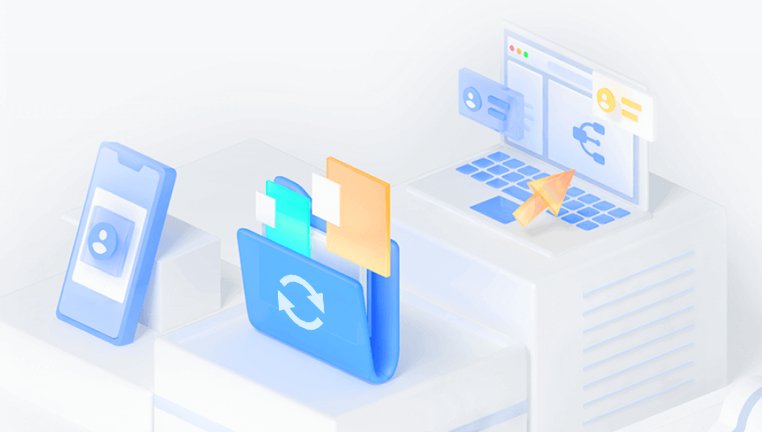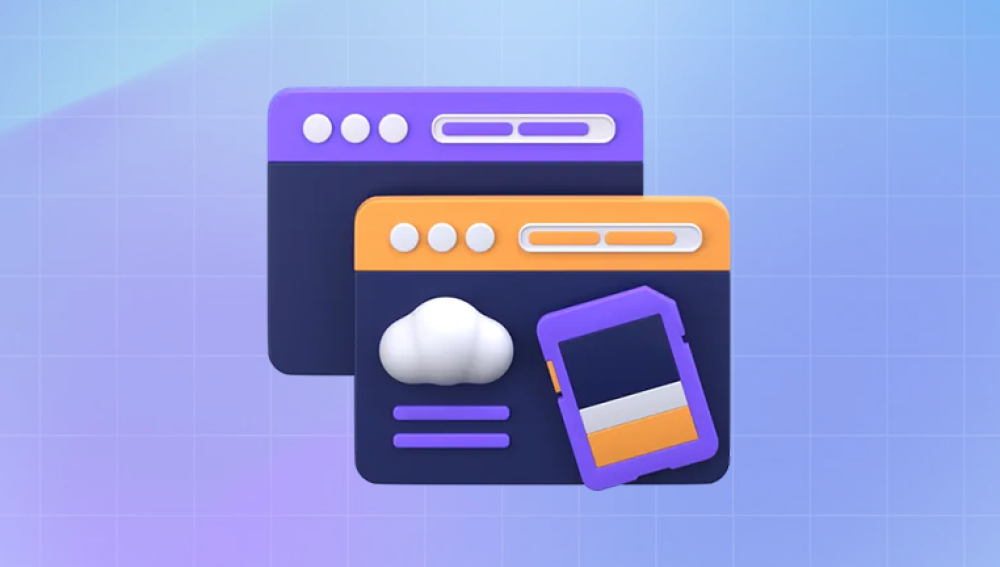Corruption can strike without warning caused by improper ejection, virus attacks, physical damage, file system errors, or power failures. But all is not lost. With the right tools and techniques, you can often recover data from a corrupted SD card.
SD Card Corruption
What Is SD Card Corruption?
Corruption occurs when the data on an SD card becomes unreadable by the device due to damaged sectors, corrupted file structures, or malfunctioning hardware components.

Common Causes of SD Card Corruption:
Improper removal from a device
Virus or malware infection
File system errors
Sudden power loss
Physical damage or water exposure
Using the card across multiple incompatible devices
Signs of a Corrupted SD Card:
Files or folders appear missing or unreadable
"Card not recognized" or "Drive needs to be formatted" error
Long delays accessing files
Inability to read/write data
SD card shows incorrect file sizes
Preliminary Steps Before Recovery
Step 1: Stop Using the SD Card
As soon as you suspect corruption, stop using the SD card. Continued use may overwrite recoverable data.
Step 2: Check for Physical Damage
Inspect the card for visible damage. If the card is cracked or severely bent, professional recovery services may be necessary.
Step 3: Use a Card Reader
Use a reliable card reader and connect the SD card to your computer. Sometimes, a faulty reader can mimic symptoms of corruption.
Method 1: Use Built-in System Tools
Windows - Error Checking Tool
Insert the SD card.
Open "This PC," right-click the SD card.
Click "Properties" > "Tools" > "Check."
Let Windows scan and fix errors.
macOS - Disk Utility
Insert the SD card.
Open "Disk Utility."
Select your SD card from the sidebar.
Click "First Aid" and let the process run.
Method 2: Recover Data Using File Explorer or Finder
Sometimes, you can still access and copy files manually even if the card shows signs of corruption. Try opening the SD card using File Explorer (Windows) or Finder (macOS) and copy available files to your computer.
Method 3: Run CHKDSK Command (Windows Only)
Open Command Prompt as administrator.
Type:
chkdsk [SD card letter]: /f
Press Enter. This command attempts to fix file system errors.
Note: Replace [SD card letter] with your actual drive letter (e.g., E).
Method 4: Use Professional Data Recovery Software
Drecov Data Recovery is a professional-grade data recovery software built to restore lost files from hard drives, SSDs, USB flash drives, SD cards, and even formatted or corrupted storage devices. It’s built with simplicity and efficiency in mind, making it accessible to both tech-savvy users and beginners alike.
The software supports a wide range of file types, including documents (like DOCX, XLSX, and PDF), media files (photos, videos, audio), compressed archives (ZIP, RAR), emails, and more. Whether your files were deleted, lost during formatting, corrupted due to a system error, or disappeared after a malware attack, Panda aims to provide a recovery solution in just a few simple steps.
Key Features
1. Deep and Quick Scan Modes:
Drecov Data Recovery offers both quick scan and deep scan functionalities. A quick scan helps retrieve recently deleted files, while the deep scan mode digs through the drive’s data structure to find long-lost or fragmented files.
2. File Preview:
Before performing a full recovery, you can preview files (documents, images, etc.) to verify their integrity and ensure you’re restoring exactly what you need.
3. Wide Compatibility:
The software supports Windows and macOS platforms and works with FAT32. exFAT, NTFS, HFS+, and APFS file systems. This makes it suitable for recovering data from digital cameras, SD cards, USB drives, and both internal and external hard disks.
4. Recover from Various Scenarios:
Drecov Data Recovery helps recover data lost due to:
Accidental deletion
Formatted drives
System crashes
Virus/malware attacks
SD card errors or corruption
Partition loss or inaccessibility
5. Safe and Non-Destructive:
Panda performs read-only recovery, meaning it does not overwrite or alter your original data during the process. This helps preserve the integrity of the remaining data on the storage medium.
Method 5: Restore from Backup
If you have a backup of your SD card data, restore the lost files from there. Use Time Machine (macOS), File History (Windows), or any cloud-based storage solutions.
Method 6: Try the Card on Another Device
Sometimes, a device may fail to read an SD card due to compatibility issues or reader problems. Insert the card into another computer, camera, or phone to check accessibility.
Method 7: Format the SD Card (Last Resort)
If file recovery is not possible and the card is unusable, formatting may restore functionality. Only format after recovering all possible data.
Windows:
Right-click the SD card in "This PC."
Choose "Format."
Select file system (FAT32. exFAT, NTFS).
Click "Start."
macOS:
Open "Disk Utility."
Select SD card > "Erase."
Choose file format (usually FAT32 or exFAT).
Click "Erase."
Caution: Formatting deletes all data on the card. Always attempt recovery first.
Method 8: Use Professional Recovery Services
If the SD card is physically damaged or data recovery software fails, consult a data recovery expert.
Leading Services:
Drecov Data Recovery (remote and in-lab recovery)
DriveSavers
Ontrack Data Recovery
These services can recover data from broken connectors, water damage, and severe file corruption using specialized tools.
How to Prevent Future SD Card Corruption
Eject Properly: Always use "Eject" before removing an SD card.
Avoid Switching Devices: Limit cross-device use to reduce file system errors.
Use Reliable Hardware: Cheap card readers and low-quality cards increase risk.
Regular Backups: Always backup important data from SD cards.
Protect Physically: Avoid exposure to water, dust, and extreme temperatures.
Use Antivirus Protection: Scan SD cards regularly for malware.
Don’t Fill to Capacity: Leave some space free to reduce risk of corruption.
Recovering data from a corrupted SD card is often possible with the right tools and approach. Start with simple fixes like system utilities and progress to powerful tools like Drecov Data Recovery. Avoid formatting until all recovery options are exhausted, and if needed, don’t hesitate to seek professional help.




